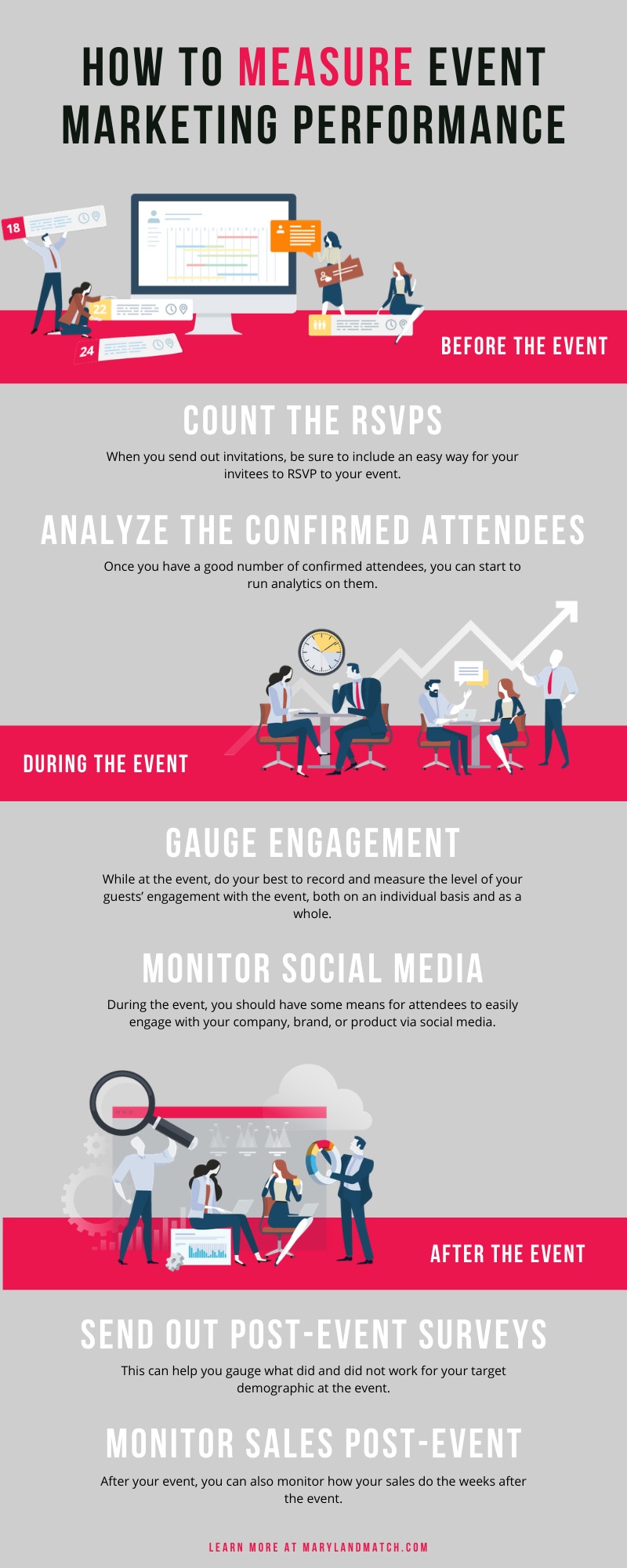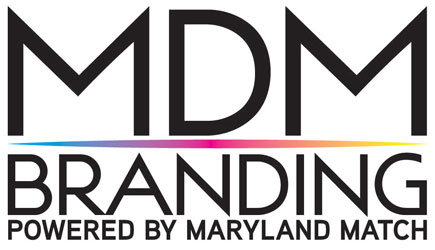Event marketing is a form of experiential marketing for your brand, service, business, or product. You go about this by way of hosting different events. Event marketing is a chance for brand representatives and consumers to interact in real life. While brands may rely on ticket sales to measure their event marketing successes, there is much more that goes into it than simply ticket sales. Measuring the success of your marketing event is key to show investors, people with a vested interest in your company, brand, or product, and customers that your business model is a successful one. It can also be key to ensuring the success of future marketing events by showing you the low and high points. Check out this guide on how to measure event marketing success.
Before the event
Before your event, start working to engage your potential attendees via social media and other communications. Check out these things that you can do to start measuring the success of your event before it even begins.
Count the RSVPs
When you send out invitations, be sure to include an easy way for your invitees to RSVP to your event. If you chose to send out physical invitations, consider including a QR code so invitees can easily scan it and be taken to an RSVP page where they can declare if they will attend, if they are bringing a guest, and any other information your event may require them to provide you with. If you send out invitations over the internet, include a link to a similar functioning page. Often in event marketing, best practices necessitate that you send out both physical and internet invitations. Once all attendees have responded, you can plan based on how many guests you’ll have and invite more if the original turnout isn’t what you’d hoped for.
Analyze the confirmed attendees
Once you have a good number of confirmed attendees, you can start to run analytics on them. Find out what type of person replied “yes” to your event. Developing a solid understanding of what your actual market is can help you to adjust your target settings. These metrics will help you learn what people naturally respond to your company, brand, or product. Knowing this can help you better pursue them and your true target market or demographic.
During the event
You can continue to measure the success of your event marketing while the event is happening. There are a number of ways to do this. Check out these methods to measure event marketing success during your event.
Measure the number of attendees
Although you should already have a list of those who responded “yes,” keep a log of which of those people actually show up. Often discrepancies crop up in who says they will or will not attend and who actually makes it out to the event. Take note of your actual attendance so you can more easily analyze with accurate results after the event concludes.
Gauge engagement
While at the event, do your best to record and measure the level of your guests’ engagement with the event, both on an individual basis and as a whole. Are they participating in organized activities? Do they pay attention to speakers? Are they interacting with the things you’ve put in place? If people seem bored or unengaged, try to self-correct this while the event is still happening. Plenty of events get off to slow starts, but by simply reading the room and paying attention to the crowd, you can salvage the event and turn it into a success.
Monitor social media
During the event, you should have some means for attendees to easily engage with your company, brand, or product via social media. For example, you could post your company, brand, or products’ social media handles around the event and encourage attendees to tag them in posts. Another way to encourage social media engagement is by creating a hashtag and photo filter specific to the event. During the event, set up alerts for every time somebody makes a post with your handle or hashtag. Keep a record of these for further analysis later.
After the event
After an event concludes, dive deeper into your understandings and analysis of the event marketing. Check out these ways you should measure your event marketing success after the event.
Send out post-event surveys
Create a survey for guests to take after the event. Send these out via email the day after the event. It’s key that the event is still fresh in the guests’ minds so they can provide you with honest and accurate feedback. After a few days pass, their memories of the event could start to fade or become distorted. Strongly encourage every attendee to take the survey and to be as honest as they can. This can help you gauge what did and did not work for your target demographic at the event. You can use this to plan further events and ensure they go better each time you host one.
Monitor sales post-event
After your event, you can also monitor how your sales do the weeks after the event. If possible, try to track if attendees are making purchases. A spike in sales the month after the event is typically a solid indicator that the event was a success. A dip can mean the opposite. Of course, this isn’t the only metric that matters when measuring event marketing success, but it certainly does add to the data.
Learn more about the registration metrics
Take down the registration metrics from before the event and compare them to the actual metrics of who showed up at the event. This can help you refine what demographic you’re targeting. This can help you learn if you are inviting the right people and if those people are responding to your company, brand, or product. If they are responding, then you know your event marketing was successful.
Measure the number of reoccurring attendees
If this is not your first event marketing attempt, try to gauge how many of your attendees are people who have attended events with your company, brand, or product in the past. Return guests are a good sign that your event marketing is continuously successful.
Overall, event marketing success should be measured by a combination of qualitative and quantitative metrics. Many businesses decide to give away promotional items during their promotional event marketing, such as custom printed matches with the company, brand, or product’s logo and name on them. Things such as these can help customers remember your event long after it concludes and keep your brand in the forefront of their minds.


